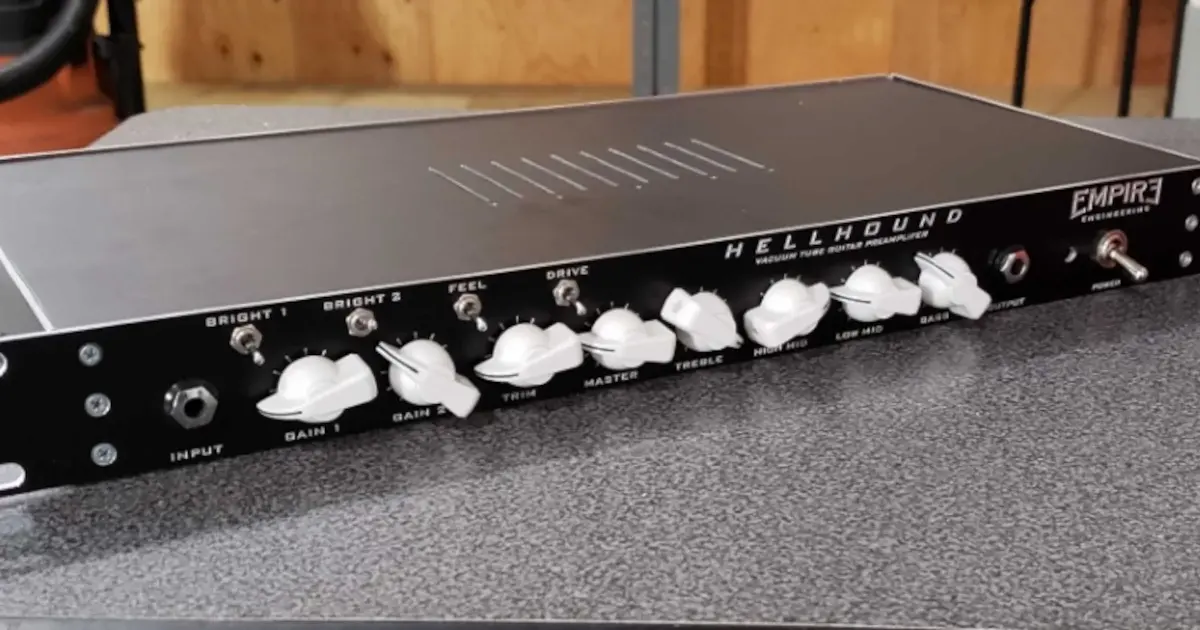
Related Topics
The Wheels Are Finally Off
How easy is it to make a retro gaming console? Stephen breaks down his design and build criteria that involves no custom PCBs.
Rotary Alarm System
Do not adjust your podcast broadcast device. What you are hearing is a rotary alarm system. This siren denotes the beginning of episode 200!
The Fourth Rule of Robotics
Parker's repair of the Tigershark seems to be working fine and Stephen learns how to read a Digital Datasheet. Also, only 8 more episodes before 200!
Other Resources
Circuit Break Podcast
Webinars
Videos
Tour MacroFab's ITAR-Compliant Facility
November 20, 2019, Episode #199
Parker
- 50V power pack update
- Managed to safely remove the cells
- Protection circuit is functioning correctly
- One of the 4 banks is “bad”
- Scrapping all the 18650’s for future projects
- Helping Ben debug the Atari Junior 2600 Single Chip system
- Atari 2600’s typically have 3 main ICs
- 6507 CPU
- RIOT (RAM and I/O)
- TIA (Graphics and Sound)
- Atari 2600’s typically have 3 main ICs
- Air Raid Siren all printed
- Needs final fitment and assembly to be completed!
Stephen
- Rackmount case
- Designed a rackmount case for a 1u preamp
- New v-score bend method that works great on aluminum
- A mixture of chamfer and cut relief
- Can be bent by hand
- Back to Gyrators
- 300V 4 band EQ using high voltage Mosfets as gyrators
- Gyrators first mentioned on Episode 173 of the MEP
- Wanted to solve the issue of not having to make more power supply rails
- About +/- 12is db per band
- 80hz, 220hz, 750hz and 2k
R.F.O.
- KiCad Action Plugins
- Run your KiCadPython scripts direct inside the UI now!
- RF tools – a very cool curved trace plugin
- Parker’s major complaint about Zoom Centering in KiCad hasn’t been an issue for at least 2 years now
- Why did no one tell Parker 🙁
- EE Web – now with more TOOLS!
- All about Arrow
- More EDA tools than you can shake a stick at!
- Apple H1 Chip?
- Silly marketing wank
- It's just a custom MCU
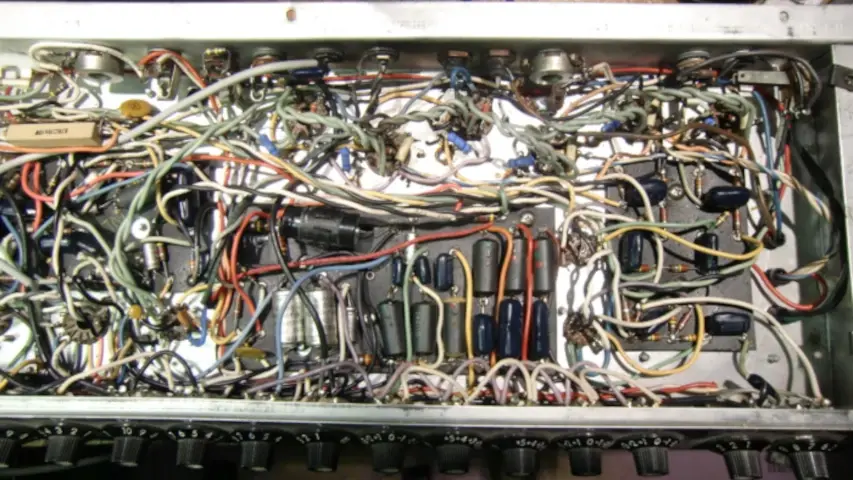
How older style amps where built. Could be easy or hard to service…depending on your point of view.
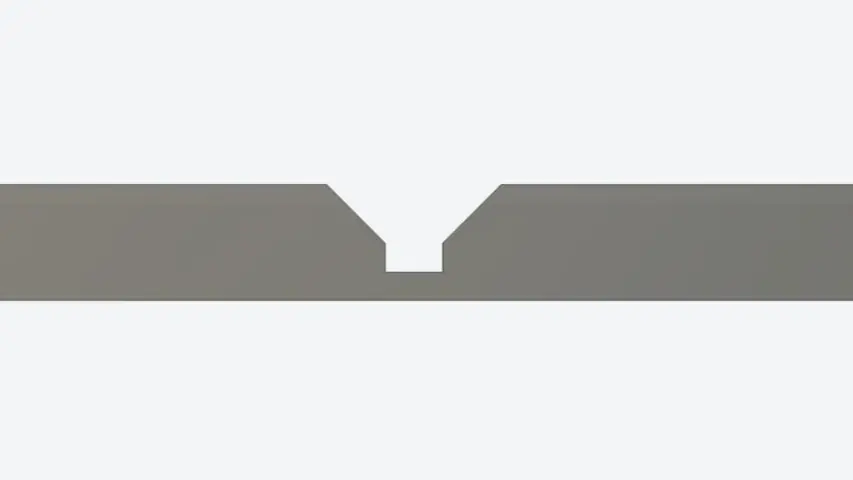
Cut profile for bending aluminum on a CNC machine!
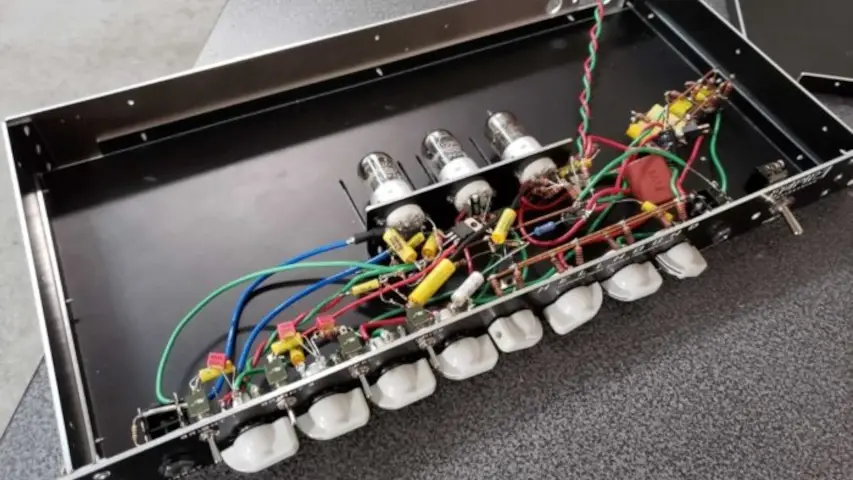
Inside the Stephen’s and Roz’s high voltage preamp.
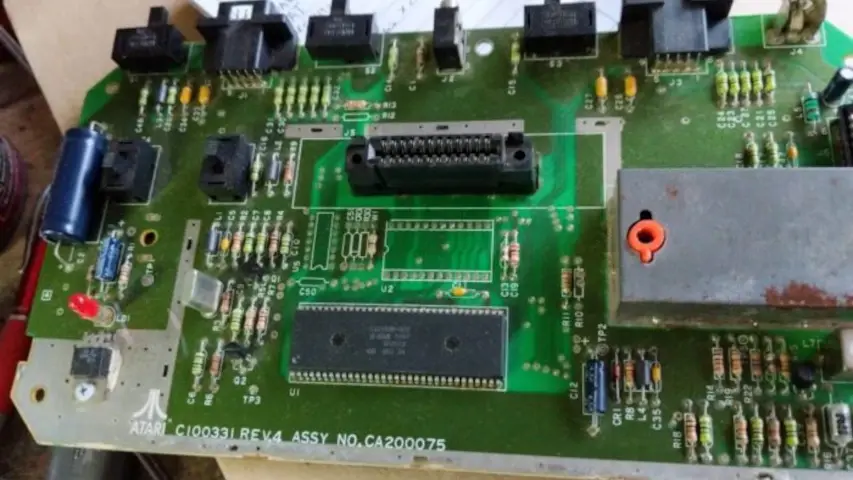
Atari 2600 Junior with the JAN chip.
About the Hosts
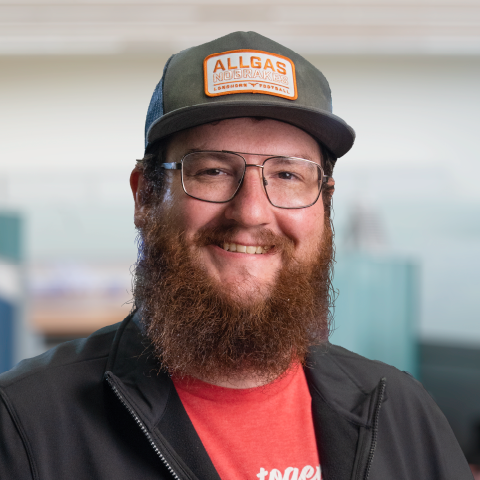
Parker Dillmann
Parker is an Electrical Engineer with backgrounds in Embedded System Design and Digital Signal Processing. He got his start in 2005 by hacking Nintendo consoles into portable gaming units. The following year he designed and produced an Atari 2600 video mod to allow the Atari to display a crisp, RF fuzz free picture on newer TVs. Over a thousand Atari video mods where produced by Parker from 2006 to 2011 and the mod is still made by other enthusiasts in the Atari community.
In 2006, Parker enrolled at The University of Texas at Austin as a Petroleum Engineer. After realizing electronics was his passion he switched majors in 2007 to Electrical and Computer Engineering. Following his previous background in making the Atari 2600 video mod, Parker decided to take more board layout classes and circuit design classes. Other areas of study include robotics, microcontroller theory and design, FPGA development with VHDL and Verilog, and image and signal processing with DSPs. In 2010, Parker won a Ti sponsored Launchpad programming and design contest that was held by the IEEE CS chapter at the University. Parker graduated with a BS in Electrical and Computer Engineering in the Spring of 2012.
In the Summer of 2012, Parker was hired on as an Electrical Engineer at Dynamic Perception to design and prototype new electronic products. Here, Parker learned about full product development cycles and honed his board layout skills. Seeing the difficulties in managing operations and FCC/CE compliance testing, Parker thought there had to be a better way for small electronic companies to get their product out in customer's hands.
Parker also runs the blog, longhornengineer.com, where he posts his personal projects, technical guides, and appnotes about board layout design and components.

Stephen Kraig
Stephen Kraig is a component engineer working in the aerospace industry. He has applied his electrical engineering knowledge in a variety of contexts previously, including oil and gas, contract manufacturing, audio electronic repair, and synthesizer design. A graduate of Texas A&M, Stephen has lived his adult life in the Houston, TX, and Denver, CO, areas.
Stephen has never said no to a project. From building guitar amps (starting when he was 17) to designing and building his own CNC table to fine-tuning the mineral composition of the water he uses to brew beer, he thrives on testing, experimentation, and problem-solving. Tune into the podcast to learn more about the wacky stuff Stephen gets up to.
Special thanks to whixr over at Tymkrs for the intro and outro!
Related Podcasts
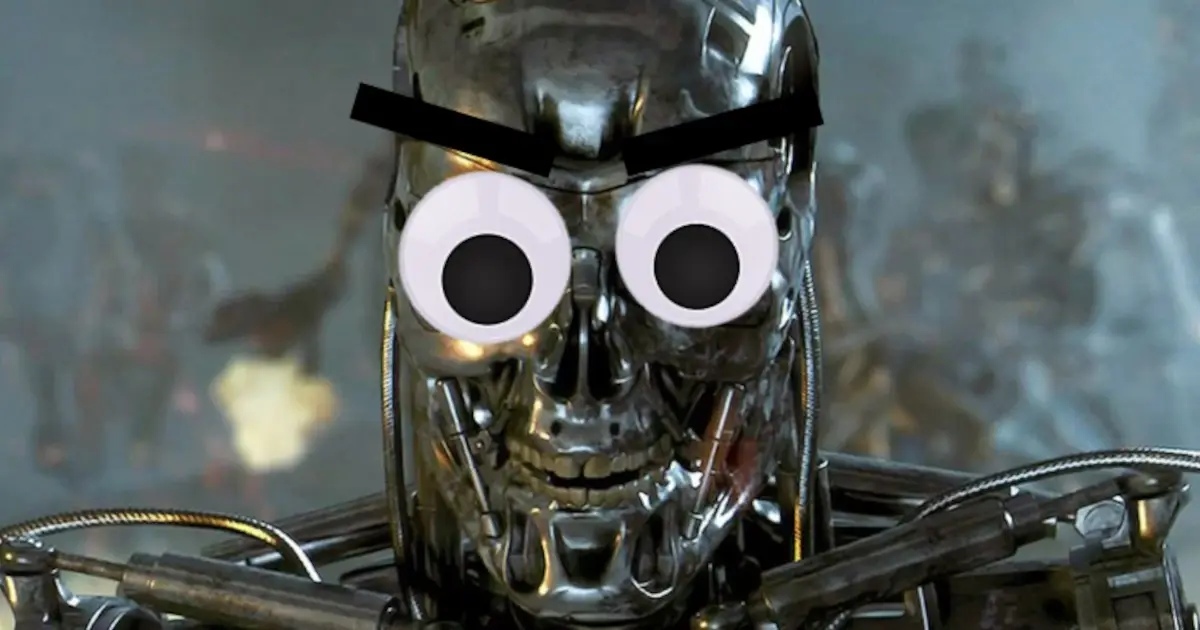
The Fourth Rule of Robotics
Parker's repair of the Tigershark seems to be working fine and Stephen learns how to read a Digital Datasheet. Also, only 8 more episodes before 200!
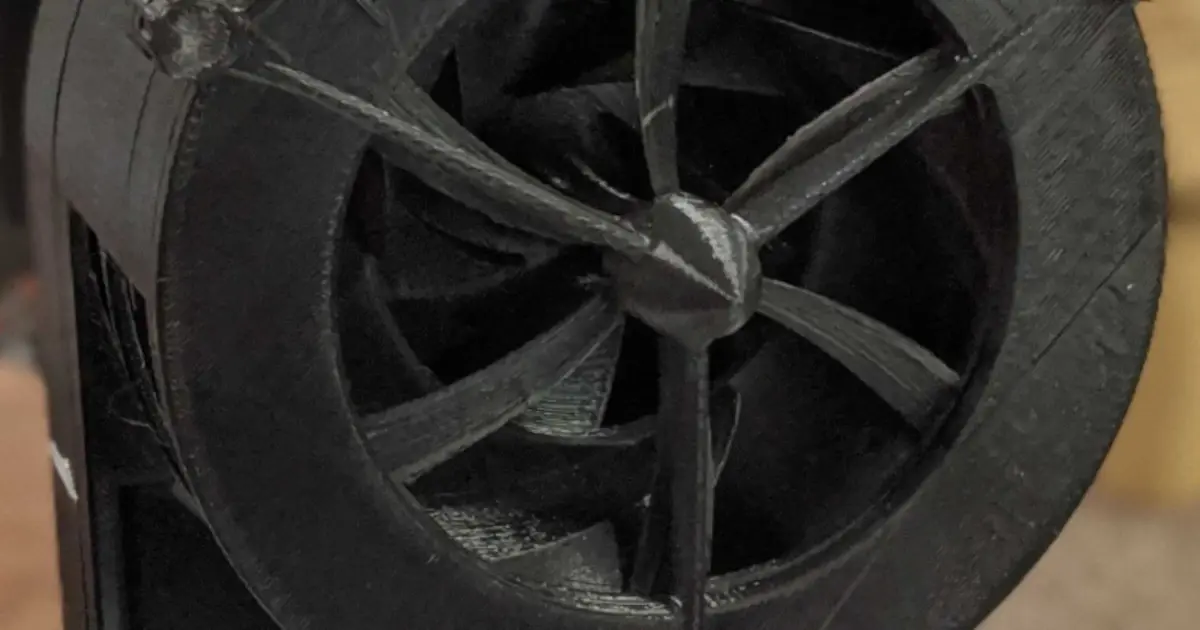
Rotary Alarm System
Do not adjust your podcast broadcast device. What you are hearing is a rotary alarm system. This siren denotes the beginning of episode 200!

The Wheels Are Finally Off
How easy is it to make a retro gaming console? Stephen breaks down his design and build criteria that involves no custom PCBs.
About MacroFab
MacroFab offers comprehensive manufacturing solutions, from your smallest prototyping orders to your largest production needs. Our factory network locations are strategically located across North America, ensuring that we have the flexibility to provide capacity when and where you need it most.
Experience the future of EMS manufacturing with our state-of-the-art technology platform and cutting-edge digital supply chain solutions. At MacroFab, we ensure that your electronics are produced faster, more efficiently, and with fewer logistic problems than ever before.
Take advantage of AI-enabled sourcing opportunities and employ expert teams who are connected through a user-friendly technology platform. Discover how streamlined electronics manufacturing can benefit your business by contacting us today.